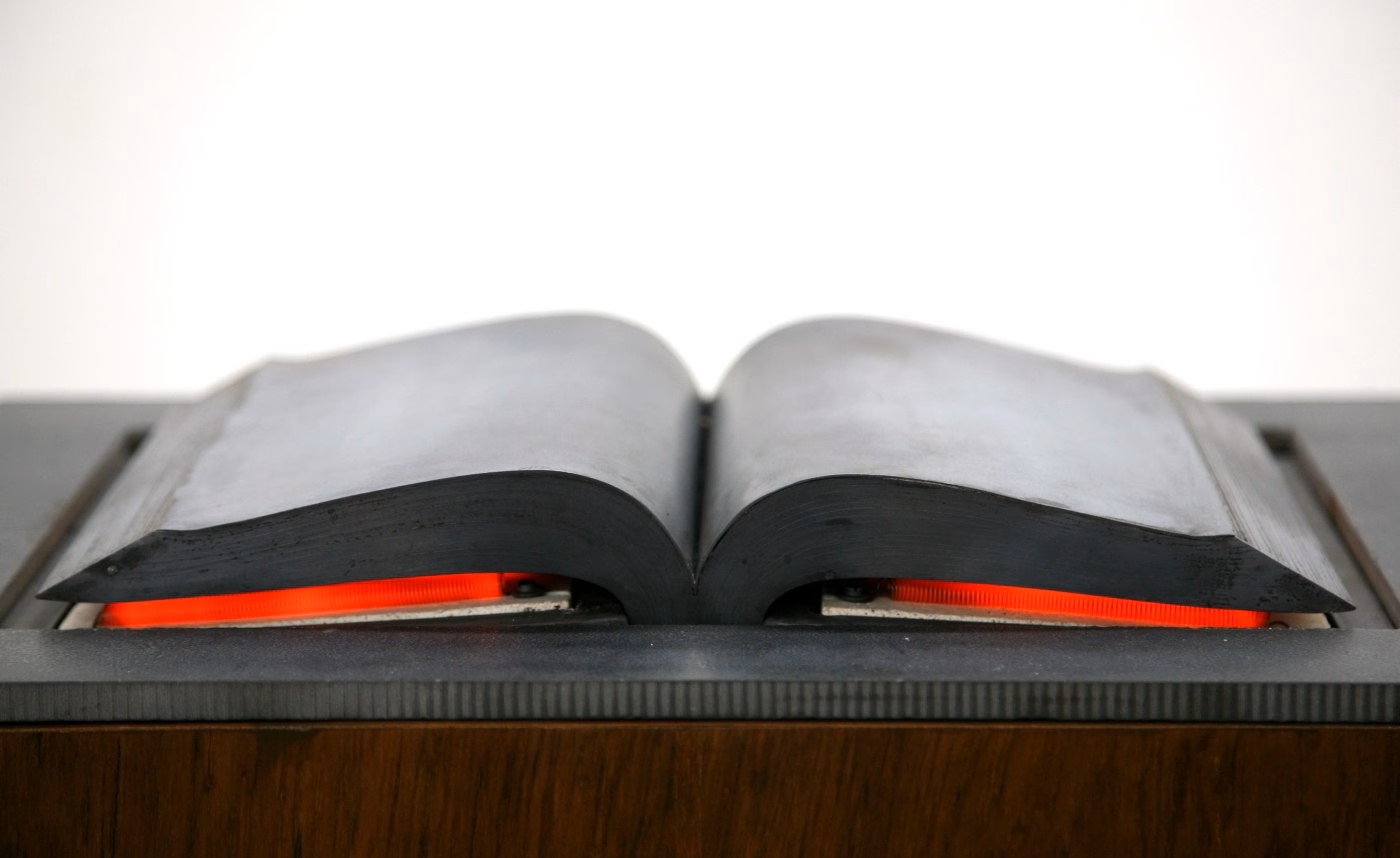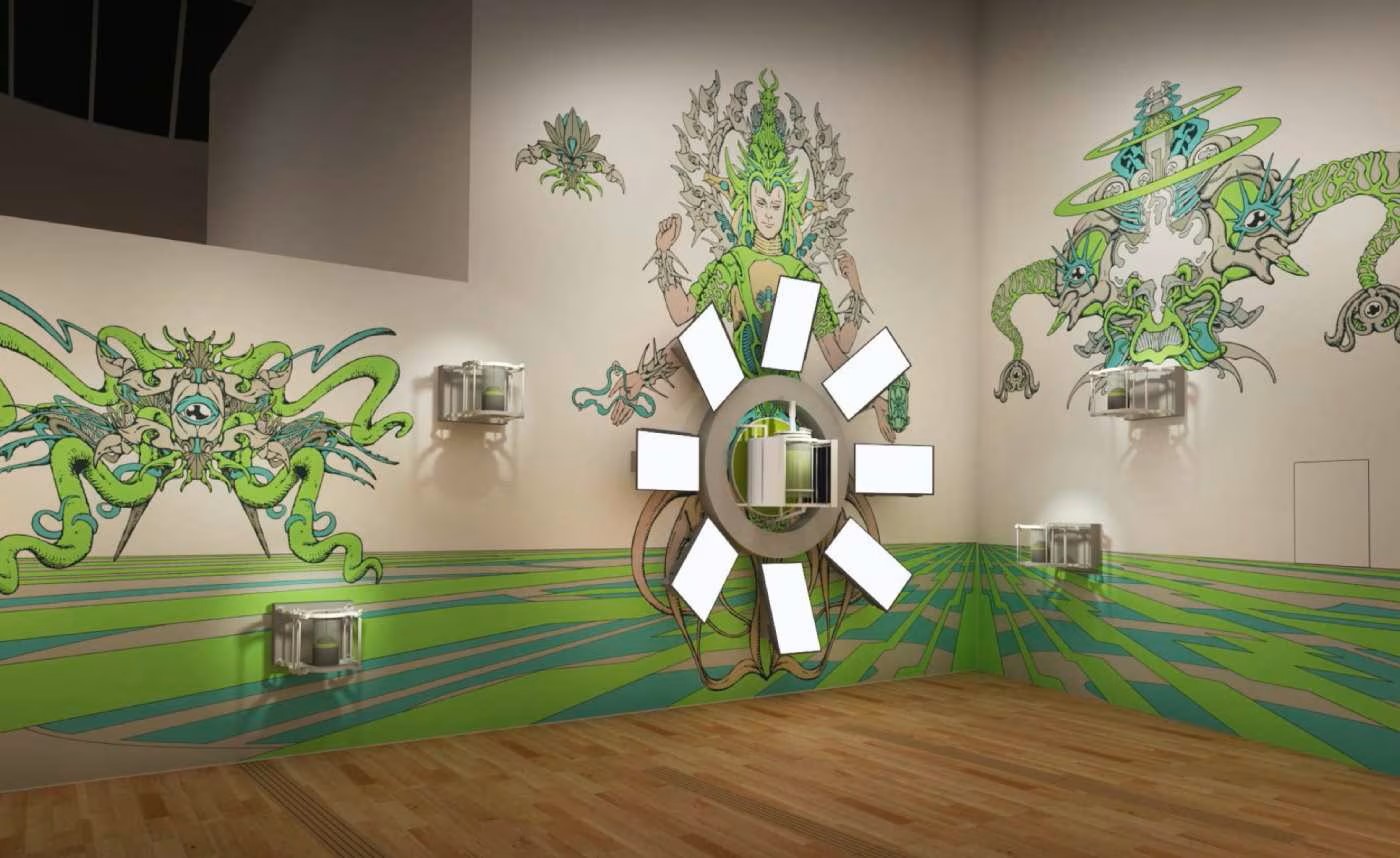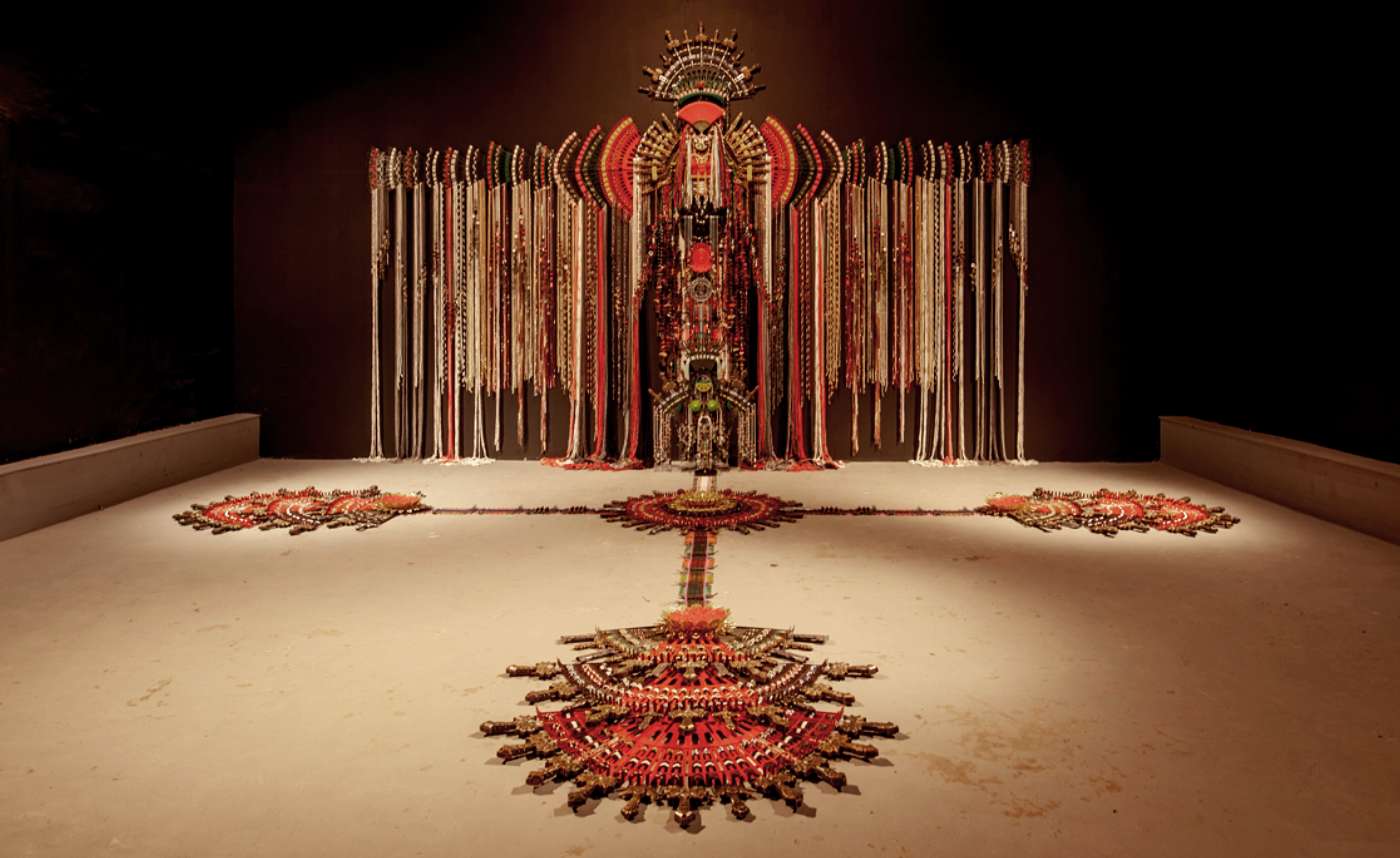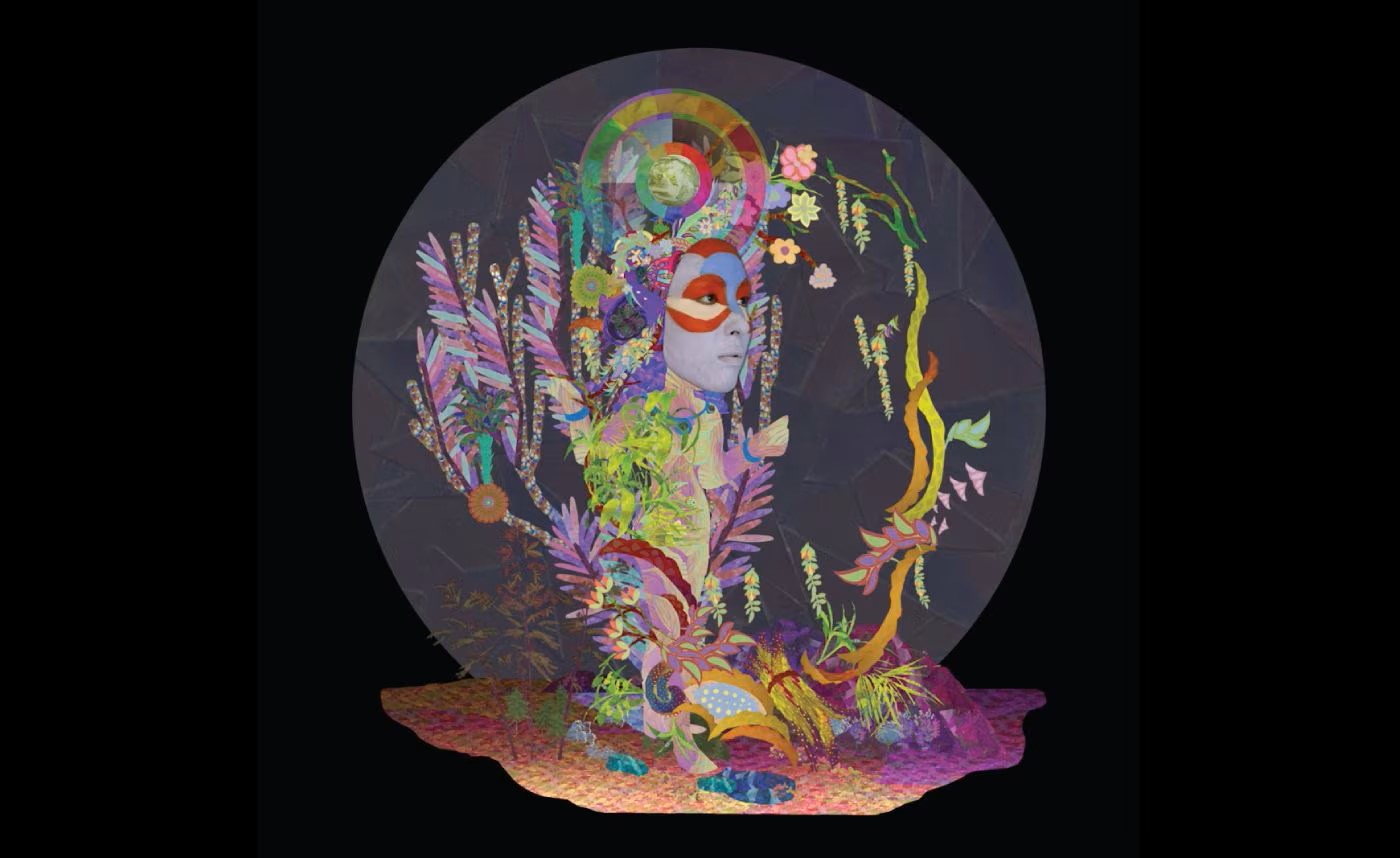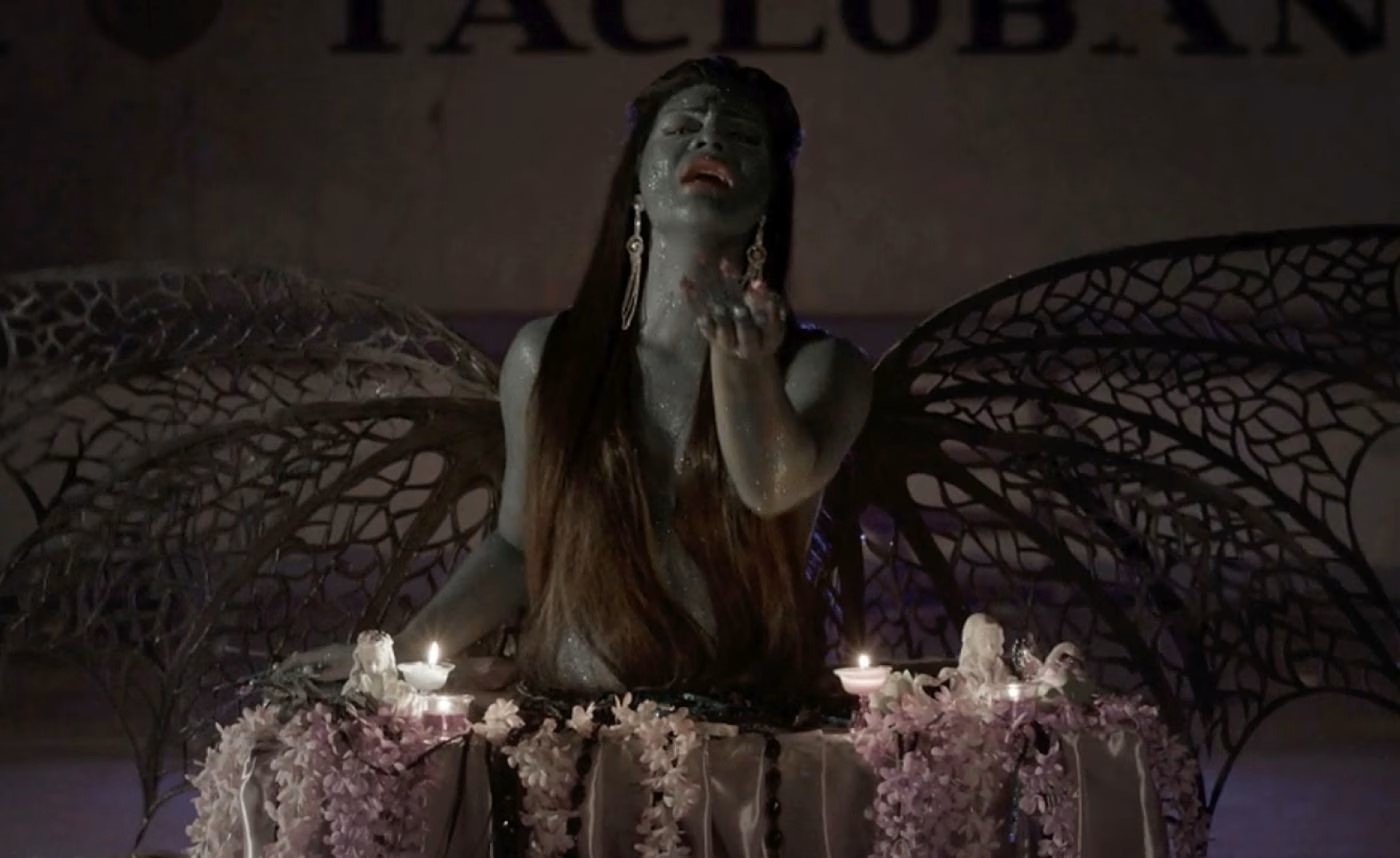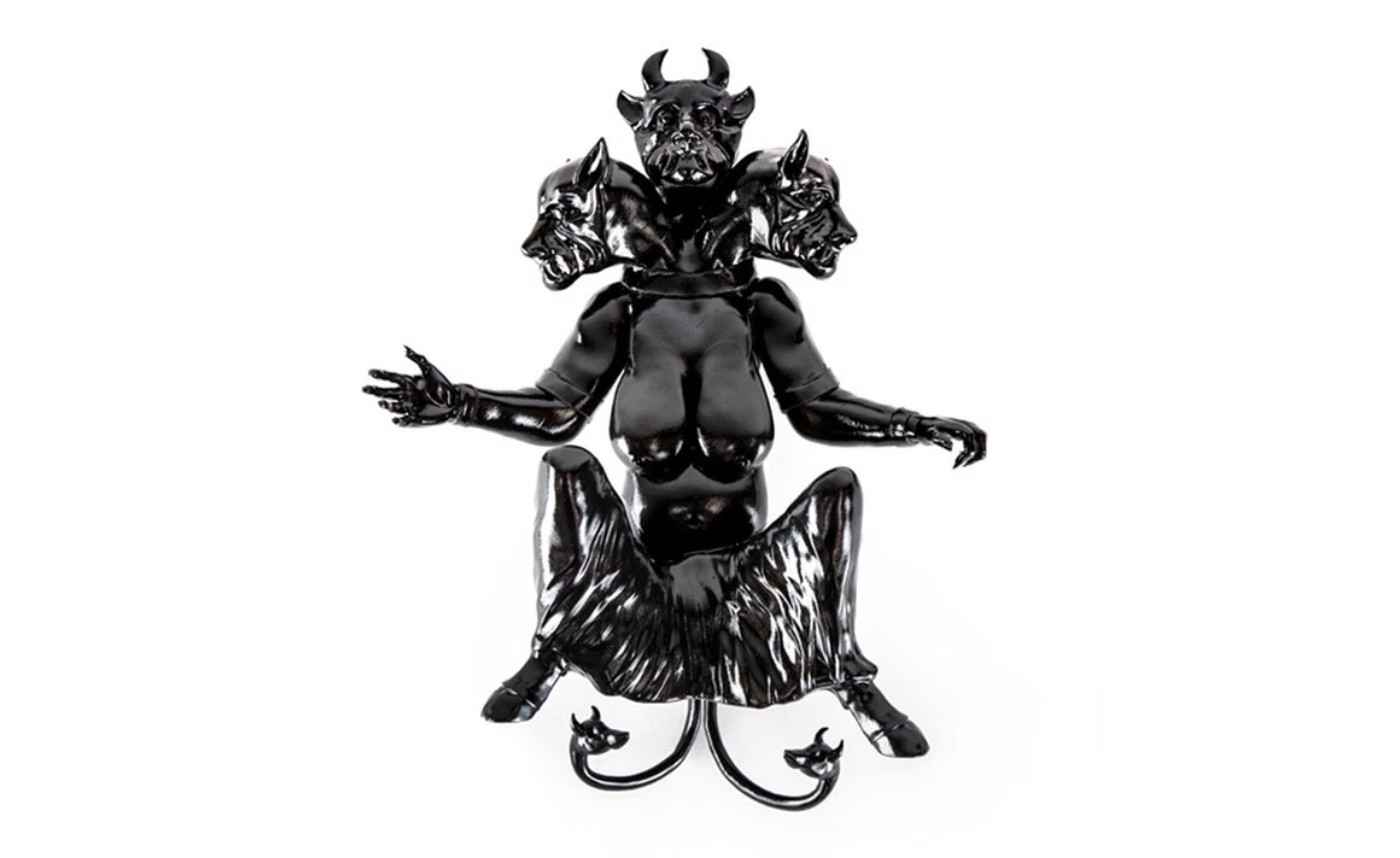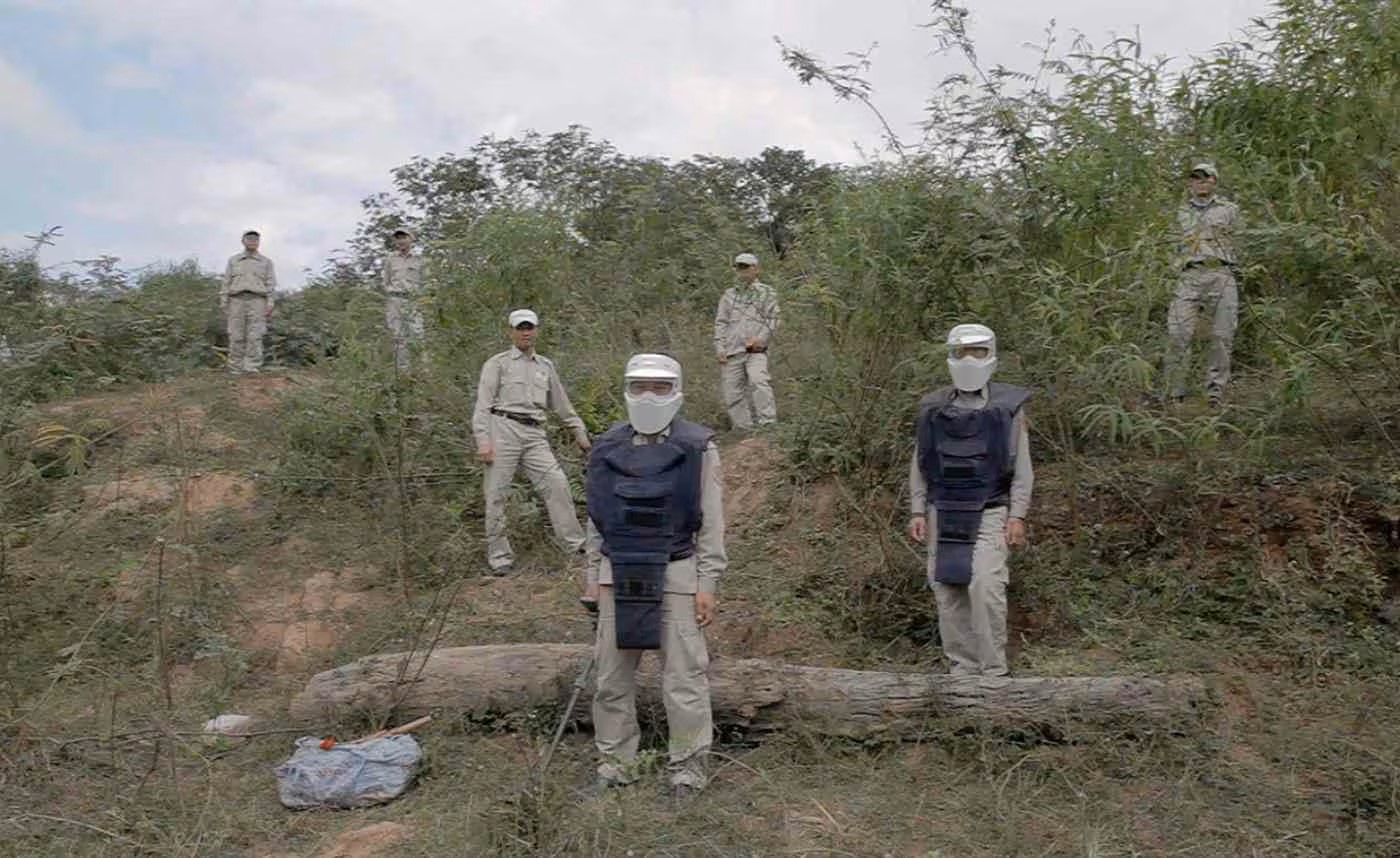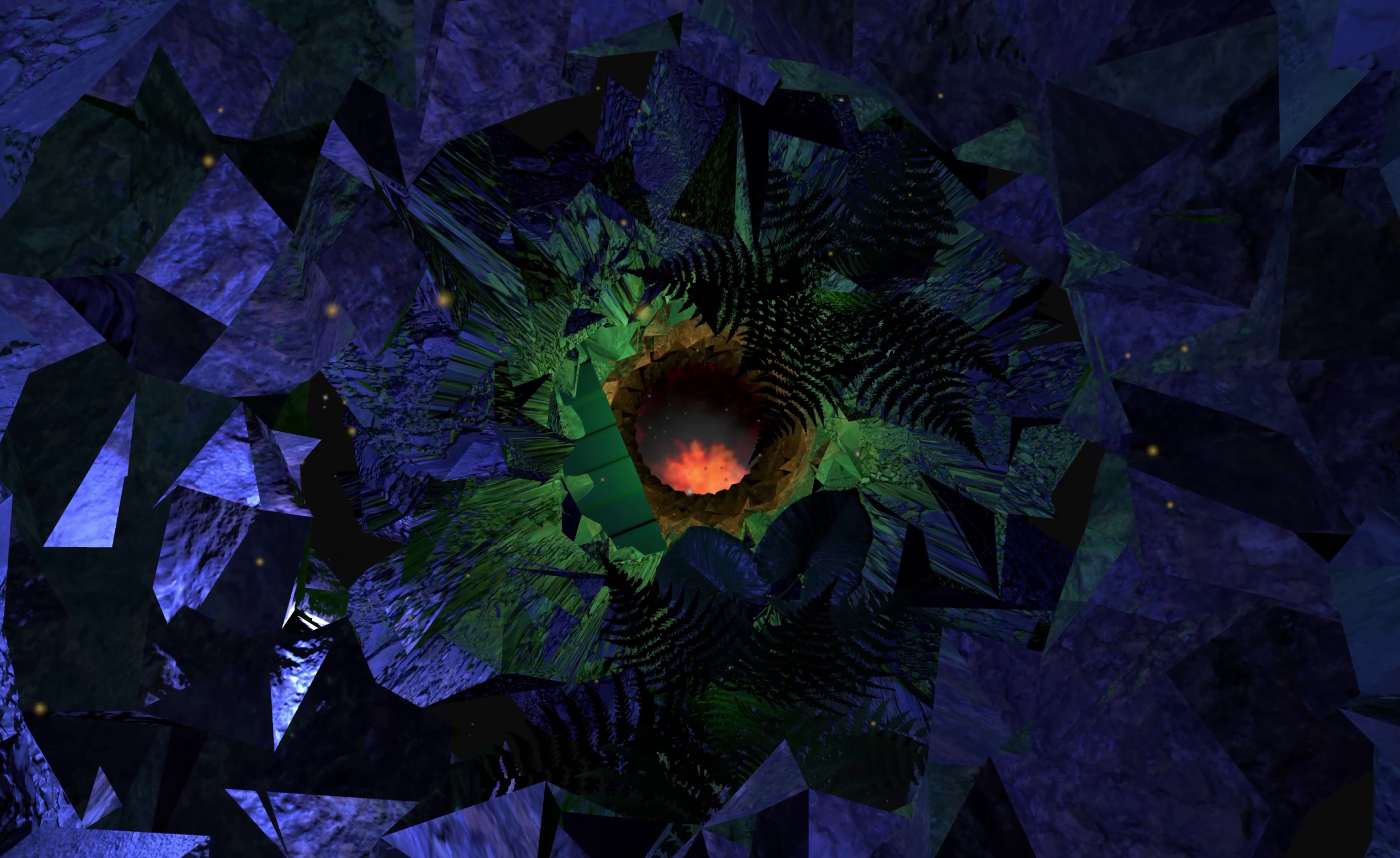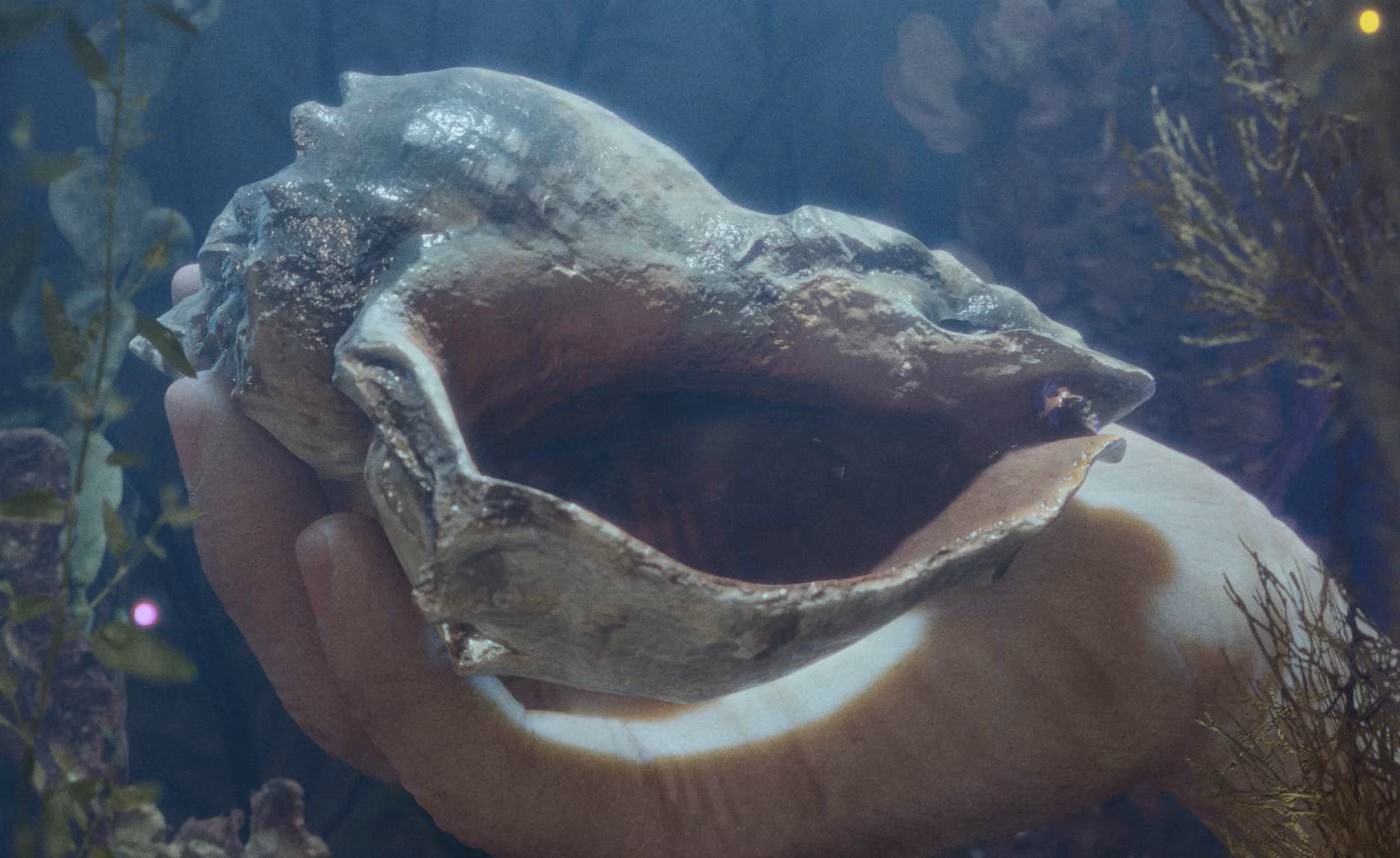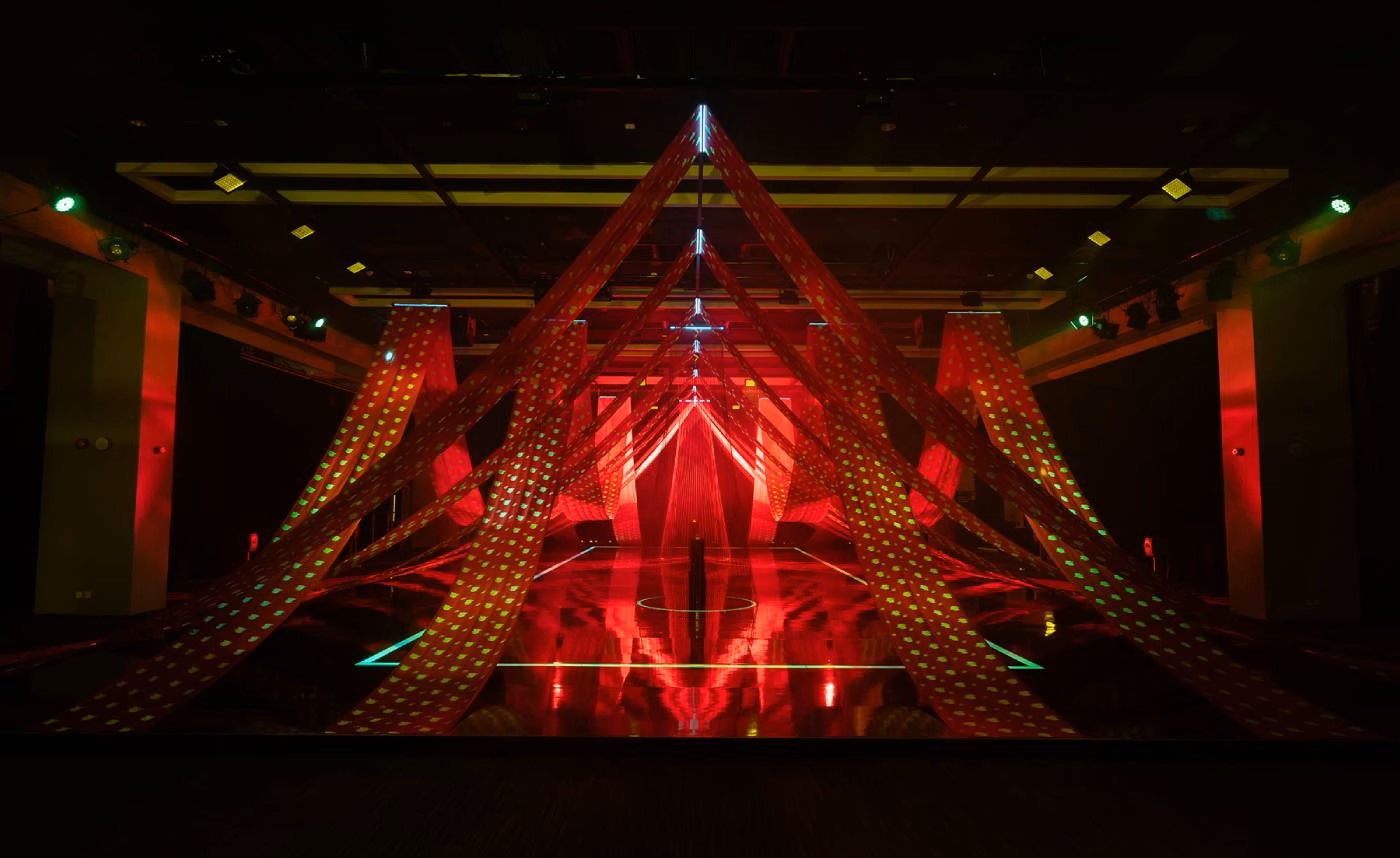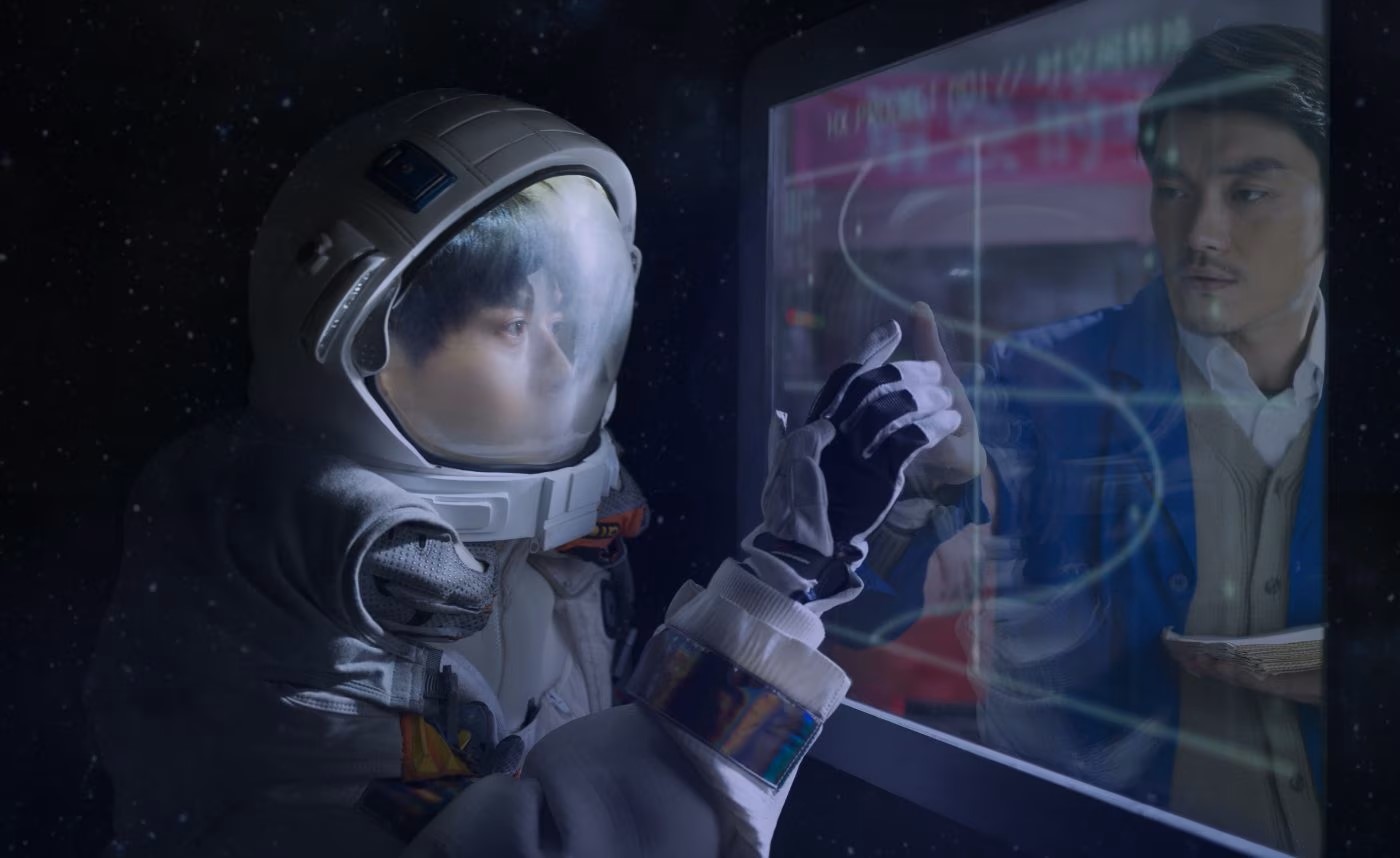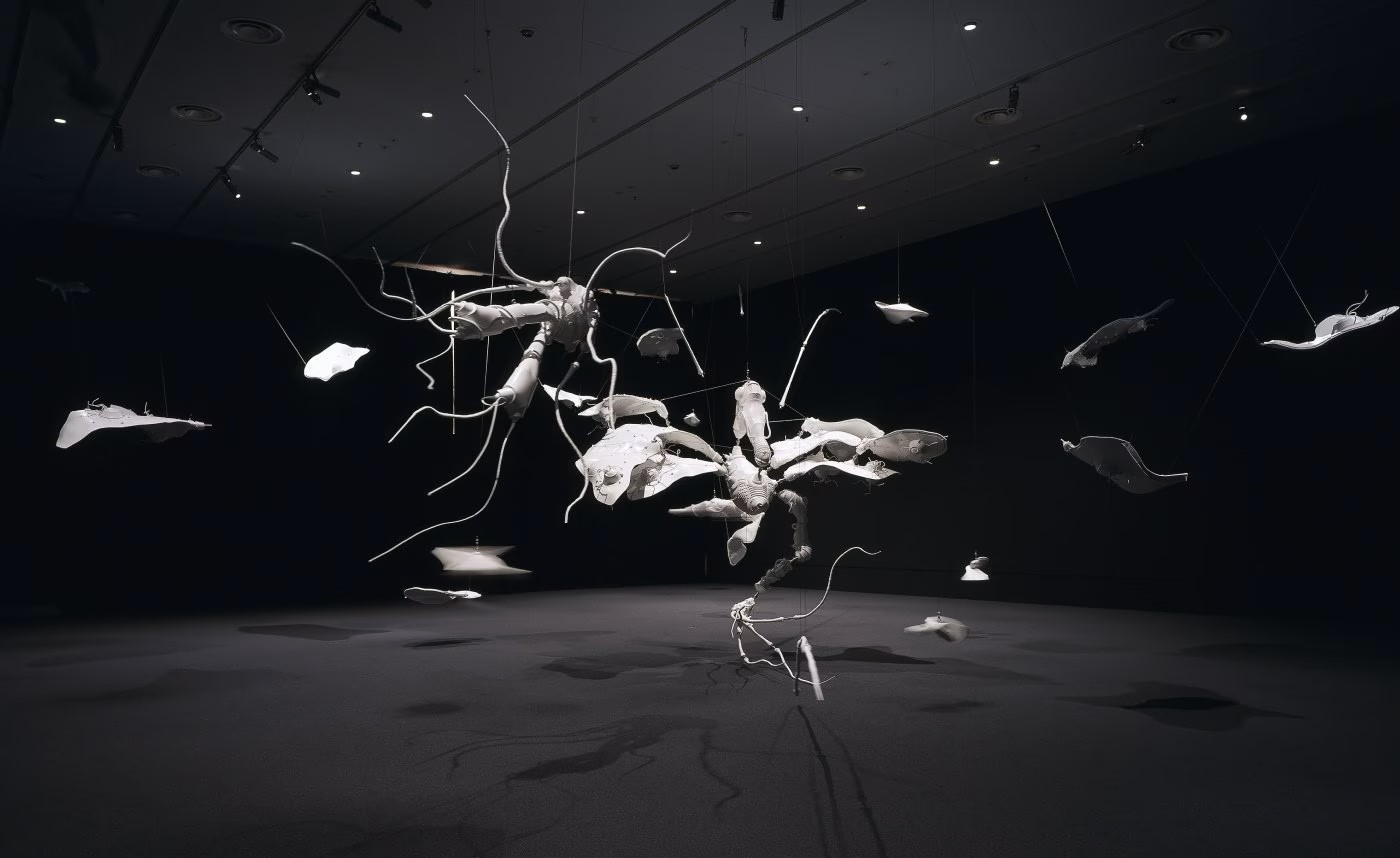TRIBUTE: New Eden-Science Fiction Mythologies Transformed, Part II
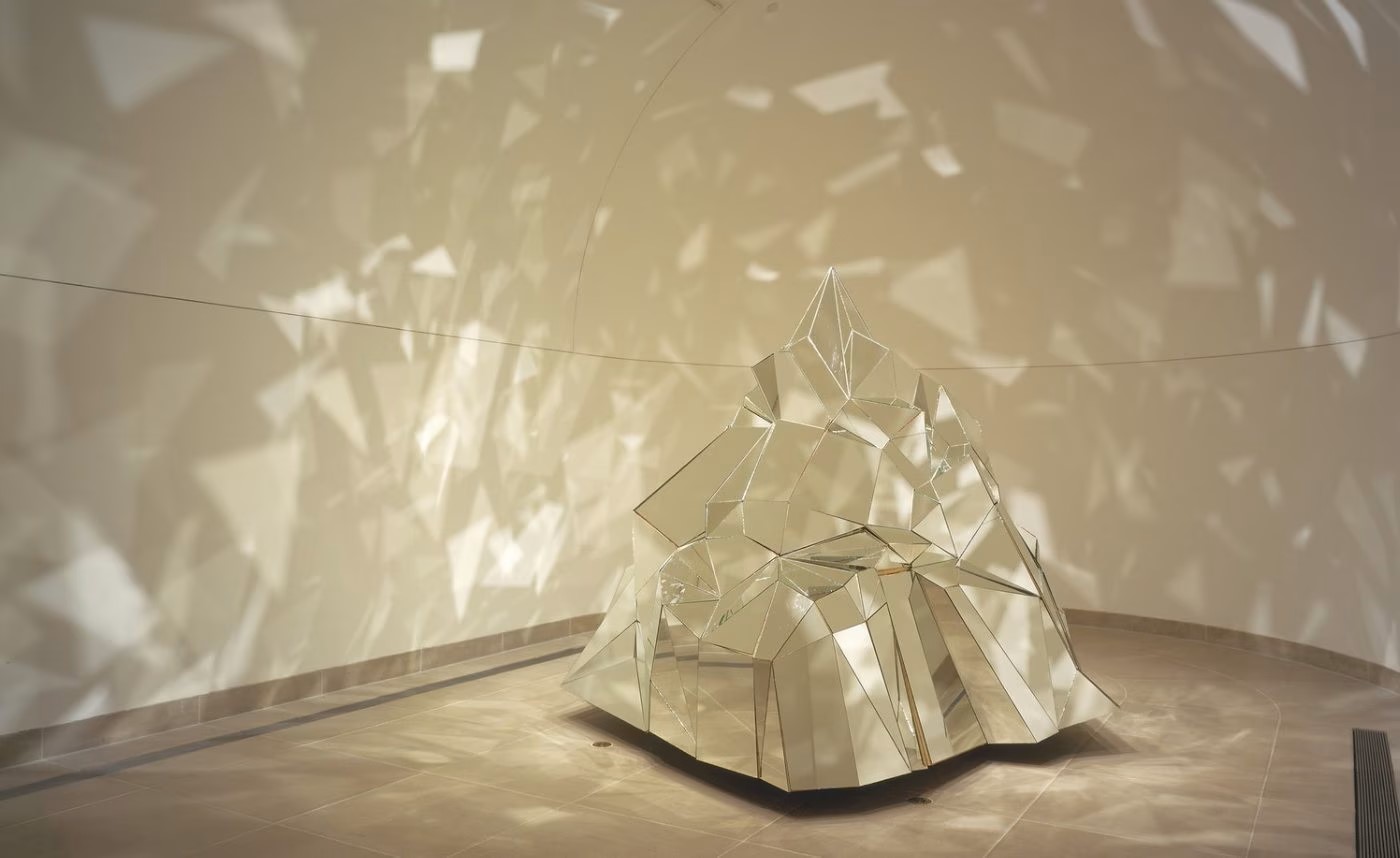 The exhibition “New Eden: Science Fiction Mythologies Transformed” delves into the intersectionality of science fiction and Asian spiritual philosophies through the creative praxis of twenty-four Asian women artists and collectives. By confronting the masculine bias often present in Western science fiction—historically a male-dominated genre the exhibition reconfigures hegemonic narratives, embracing more democratic forms of storytelling and art-making. Intentionally foregrounding women artists and more diverse voices, the exhibition advocates for new futures that more genuinely reflect the heterogeneity of contemporary society (Part I)
The exhibition “New Eden: Science Fiction Mythologies Transformed” delves into the intersectionality of science fiction and Asian spiritual philosophies through the creative praxis of twenty-four Asian women artists and collectives. By confronting the masculine bias often present in Western science fiction—historically a male-dominated genre the exhibition reconfigures hegemonic narratives, embracing more democratic forms of storytelling and art-making. Intentionally foregrounding women artists and more diverse voices, the exhibition advocates for new futures that more genuinely reflect the heterogeneity of contemporary society (Part I)
By Efi Michalarou
Photo: ArtScience Museum Archive
The exhibition “New Eden: Science Fiction Mythologies Transformed” offers fresh insights on science fiction, a genre built on envisioning alternative futures and imaginary realms. The lines connecting science fiction with Asian philosophy and mythologies are brought to through the work of twenty-four Asian women artists and collectives. The exhibition is organised into eight chapters (Paradox of Paradise, Words and Worlds, New Nature, Ways of Folding Space, Crafting New Worlds, The Monstrous Feminine, New Myths, and In A New Light) that feature contemporary artworks, historical artefacts and films from both Asia and the West. Adopting Western science fiction paradigms, such as parallel worlds and interdimensional travel, as a starting point, New Eden explores science fiction’s possible roots in Asian philosophy and spirituality. Themes such as hybridity, mysticism, transcendence and other-worldly utopias, which are found in both fields, seem to point to cultural traditions in Asia. As diverse voices gain prominence, the traditionally male-dominated genre of science fiction is slowly evolving. But rarely is science fiction approached from the perspective of Asia and through the work of women. Moving seamlessly between ancient mythology, contemporary art and post-modern cinema, this exhibition celebrates the dream worlds, futuristic visions and fantastical realities of Asian artists showcasing women and alternative voices are calling for a more inclusive future.
Paradox of Paradise: The pursuit of paradise can be traced back to ancient religious texts that allude to its location as being either in a remote place on earth, in a heavenly realm, or even on another planet. One such example of a mystical utopia is the fabled land of Shangri-La—the subject of the artworks in this chapter. Shangri-La first appeared in 1933 in the novel, Lost Horizon, by James Hilton—which was adapted for film by director Frank Capra. Hilton described a harmonious paradise hidden in the Tibetan mountains, a place of enduring happiness and serenity, isolated from the difficulties of the rest of the world. This orientalised utopia has influenced many other mystical locations in science fiction, perpetuating enduring and problematic stereotypes about Asia. In 2001, the Chinese government renamed the city of Zhongdian in the Yunnan province to Shangri-La City, making the myth into a reality.
Words and Worlds: Popular science fiction concepts such as parallel universes and interdimensional travel are ideas that can also be found at the heart of Asian philosophy and spirituality. This chapter draws connections between Asia and the West, examining the spiritual traditions of Buddhism, Taoism, Jainism, Southeast Asian folklore and the emergence of science fiction as a genre throughout the 19th and 21st centuries. Humanity has always dreamt of gateways to distant and unexplored realms, embarking on mystical journeys that extend our boundaries of knowledge. In the West, these ideas are manifested in science fiction, explored through a timeline that begins in the present and journeys back in time to the 19th century—focusing on selected literature and films, including works from Asia. Eastern traditions are presented through a collection of artefacts, on loan from Singapore’s Asian Civilisations Museum, that explore concepts such as transcendence, portals to heavenly worlds, and parallel dimensions.
New Nature: Science fiction films and novels have been central in shaping our understanding of how life on earth and our relationship to nature might evolve. From post-apocalyptic visions of ecological catastrophe, to more utopian views of a world where people and nature harmoniously co-exist, the fate of the natural world is a recurring theme in science fiction. Featuring films and artworks that imagine new eco-systems, novel relationships between humans and other living beings, and how life might be sustained in the future, the artworks in this chapter explore nature’s potential to transform and thrive against all odds. The House of Natural Fiber blends Hindu spirituality with science fiction to explore the origins of life. Some of these artistic propositions and cinematic extracts speculate on hopeful, more resilient ecological futures, whilst others act as stark warnings about our planet’s possible trajectory, calling for ecological mindfulness—asking us all to reconsider our relationship with the planet
Ways of Folding Space: The artwork in this section of the exhibition reveals the interconnection between Taoist philosophy and the aesthetics of Western science fiction.Teleportation and levitation are themes commonly explored in science fiction. Both can be traced back to the ancient beliefs of Taoist alchemy, an Asian body-spirit practice. South Korean artists, Moon Kyungwon and Jeon Joonho, draw on these concepts in their installation, “The Ways of Folding Space and Flying”. The title of the work references two Korean words, chukjibeop and bihaengsul, which originate from ancient Taoist practices. Chukjibeop loosely translates as “to fold space as a method of travelling vast distances” and bihaengsul means “to fly across time and space”. These ideas have been studied by Taoist practitioners for hundreds of years, as methods of freeing the mind and body from physical limitations and natural forces. Folding space and flying through time often manifest as major themes in Western science fiction, appearing in numerous novels and films.
Crafting New Worlds: Drawing on Asian cultural heritage and traditional craft, this chapter weaves together narratives from Asian spiritual traditions, mythology and science fiction to express hope for a more inclusive future. The two artists presented here reflect on their cultural traditions in spirit and in form, reinforcing their sense of belonging in an increasingly diverse world. Saya Woolfalk’s speculative fiction installation depicts a world inhabited by the Empathics, a fictional community of women with mixed racial and ethnic identities who have traits of both humans and plants. For Woolfalk, the Empathics represent a vision for a future where diverse cultures will develop deeper empathy for one another. Invoking the inner chamber of an invisible temple, Anne Samat’s installation uses Malaysian textile weaving techniques and contemporary materials to depict a totemic figure inspired by traditional Indian motifs.
The Monstrous Feminine: Early science fiction films blended elements of horror with science, tapping on humanity’s collective fear of the unknown. In these films, women were almost always depicted as victims. The influential film studies scholar, Barbara Creed, coined the term “the Monstrous Feminine” to critique this portrayal of women in genre films, challenging the patriarchal and one-dimensional representation of women. Conversely, in popular Asian myth and folklore, the monstrous was often represented by female figures. Powerful women, or those who had been marginalised, were often portrayed as characters that transformed into fearsome creatures, going on to exact revenge. This section of the exhibition inverts these narratives, positioning outlandish feminine characters as vigorous and empowered figures. The artists in this chapter aim to inspire a shift in perspective, paving the way for more authentic portrayals of women, allowing them to reclaim their stories and create new symbols of strength that can resonate across time and cultures.
New Myths: Myths are traditional stories that explain the beliefs or customs of a culture. Science fiction often borrows cultural elements from myth, creating connections between ancient stories and futuristic ideas. The artists in this chapter breathe new life into myths, using science and technology, setting these often-familiar tales in alternate worlds and futuristic landscapes. Sputniko’s dramatic installation is based on the myth of the “Red thread of fate”, an East Asian belief originating from Chinese mythology, which imagines invisible red threads wrapped around the fingers of those who are destined for each other. Sputniko! manifested this myth in physical form. The red threads of her installation have been made by silkworms that have been genetically mutated to produce silk containing oxytocin, a love hormone. The accompanying science fiction videos invite us to imagine a future where humans could soon be creating living things which previously could only exist in myth. A film screening programme, titled Re-fabricated Realities presenting films by six artists from Asia that blend Asian mythology, history and culture with science fiction. Curated by Gridthiya Gaweewong, some of the experimental films, video art and animated works on show depict alternate worlds and futuristic landscapes, whilst others draw on mythology and memory to critique the present.
In A New Light: Historically, Asian culture has been misrepresented or marginalised in Western science fiction, resorting to stereotypes and misappropriation. However, in recent film and literature, it is clear that Asia is reshaping science fiction on its own terms. The artists in this chapter invite critical reflection on the impact of such outdated cultural cliches, proposing alternative, more authentic representations of Asian voices. Mariko Mori’s iconic video artwork draws on Eastern mysticism and Western science fiction to create an entirely new aesthetic all her own. Astria Suparak’s work explicitly critiques the representation of Asian culture in science fiction film, whilst Cao Fei devises cinematic science fiction worlds of her own. The young girls in Liu Xiao Fang’s work, inhabit uncanny landscapes blurring the line between dream and reality. Concurrently, Lee Bul’s striking exploded and splayed female cyborg body manifests her fascination for the space where fantasy meets biotechnological evolution.Together the works show how artists in Asia are reclaiming agency, encouraging us to consider what a more inclusive future might look like.
Artists include: Morehshin Allahyari, Cao Fei, Patty Chang, Kara Chin, Chok Si Xuan, Club Ate, Debbie Ding, Fei Yi Ning, Shilpa Gupta, Etsuko Ichihara, Lee Bul, Liu Xiao Fang, Xin Liu, Mariko Mori, Moon and Jeon, Napp Studio and Architects, Nguyen Trinh Thi, PACK, Anne Samat, Soe Yu New, Sputniko!, Astria Suparak, The House of Natural Fiber, Saya Woolfalk
Photo: Patty Chang, Mountain (Shangri-La), 2005. Mixed media installation. Image taken by Joshua White. Courtesy of the artist
Info: Curators: Gail Chin, Joel Chin, Adrian George and Honor Harger, ArtScience Museum, 6 Bayfront Ave, Singapore, Duration: 21/10/2023-3/3/2024, Days & Hours: Daily 10:00-19:00, www.marinabaysands.com
